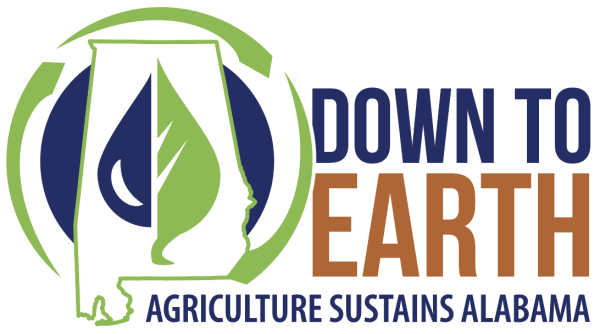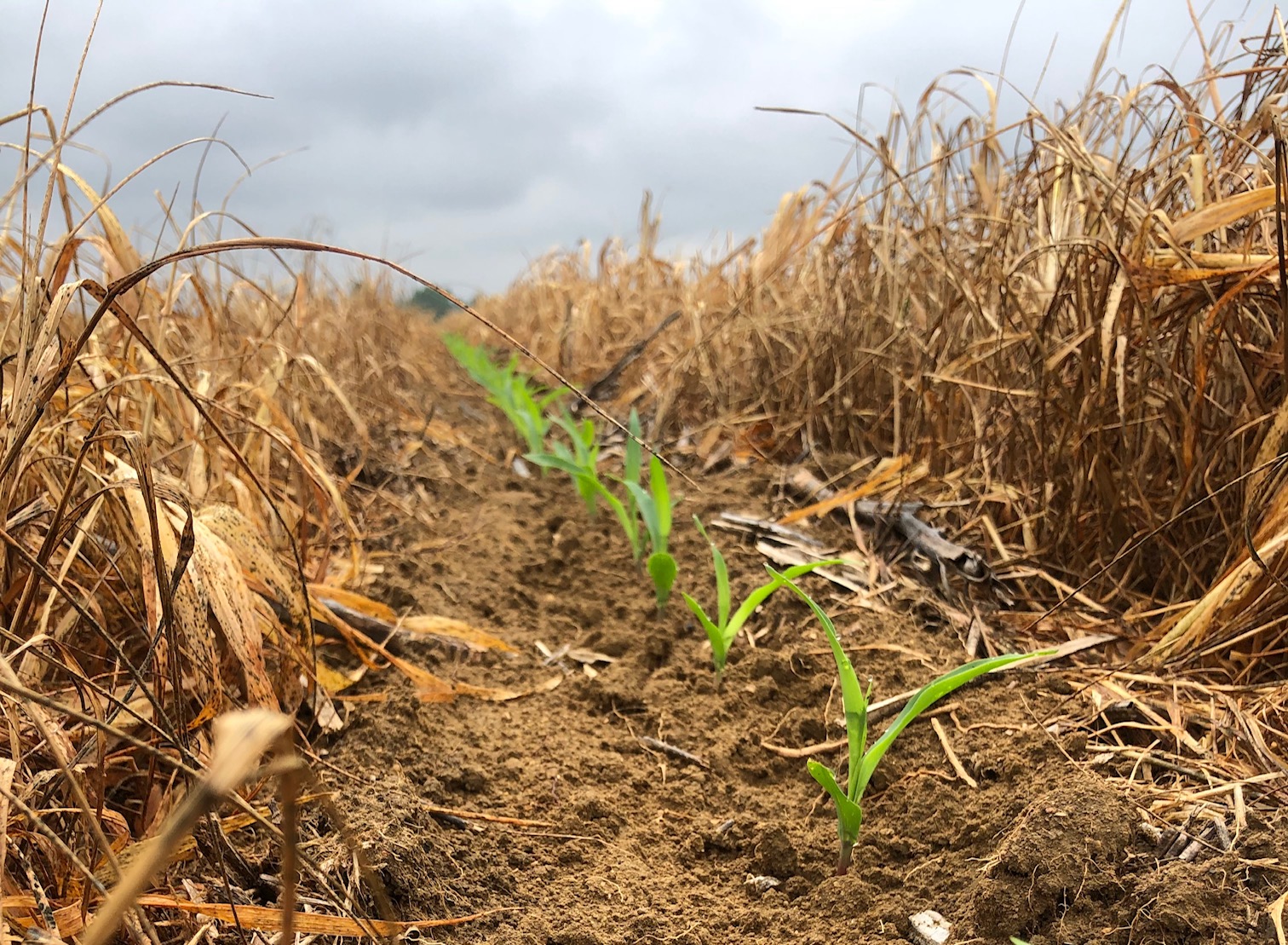Farming

AUBURN UNIVERSITY, Ala.— Carbon and sustainability go together like peas and carrots. Through their continued efforts to make the industry more sustainable, crop producers are playing a key role in offsetting agriculture’s emissions nationwide.
Offsetting Emissions
It is true that agriculture is responsible for approximately 10 percent of greenhouse gas emissions. However, Jessica Kelton, an Alabama Cooperative Extension System farm and agribusiness management regional agent, said this doesn’t come close to the emissions from manufacturing or transportation industries, which are closer to 20 percent.
“Agriculture is the only industry where a by-product of their operations can offset some of those emissions,” Kelton said.
Through practices, such as planting cover crops for winter, using no-till or reduced tillage and nutrient management, crop producers can capture and store carbon from the environment.
While these practices have been long-standing, the introduction of carbon credits looks to build off of this infrastructure to further offset emissions. The carbon commodity market continues to gain traction in Alabama. Though a farm’s primary income is from cash crops, the carbon market has been both intriguing and baffling producers for several years as they seek to understand a secondary market opportunity.
Kelton said the carbon credit market is still variable and difficult to navigate.
“As the interest in carbon sequestration to offset emissions rises, there are so many questions that we are working to answer,” she said. “We want to help producers make environmentally and economically sound decisions.”
What are carbon credits?
Soil is made up of four components: minerals, air, water and organic matter. Organic matter includes dead and living plant and animal materials. Healthy soil is rich in carbon.
Simply put, corporations can purchase carbon stored in the soil to offset their emissions. Initial purchases can be made based on land management history. However, after the initial purchase, brokerage companies will measure units of carbon in the soil based on the implementation of new, on-farm conservation practices.
The idea that producers can voluntarily sell units of carbon in the soil is a foreign idea for many. However, the soil carbon is on a fast track to become its own commodity as the United States moves toward a more comprehensive federal carbon market.
Kelton said while there is a measurement method with equipment, calculations can fluctuate depending on assumptions made.
“There is a lot of research on how much carbon is stored in plants and how much is stored in the soil,” Kelton said. “There are different models by different researchers. Unfortunately, payments don’t always match actual carbon stored.”
Down to Earth: Agriculture Sustains Alabama
Alabama Extension is getting Down to Earth. Why? Because agriculture sustains Alabama. Whether your ag experience is in the grocery store, in the classroom or as your profession—Extension has a resource for you.
We are proud to be partnering with the Alabama Agribusiness Council, the Alabama Cattlemen’s Association, the Alabama Department of Agriculture and Industries, the Alabama Farmers Federation, the Alabama Poultry and Egg Association, the Alabama Forestry Commission, Sweet Grown Alabama and the Alabama Association of RC&D Councils.
Alabama Extension’s Down to Earth resources are available at www.aces.edu/go/DowntoEarth.


